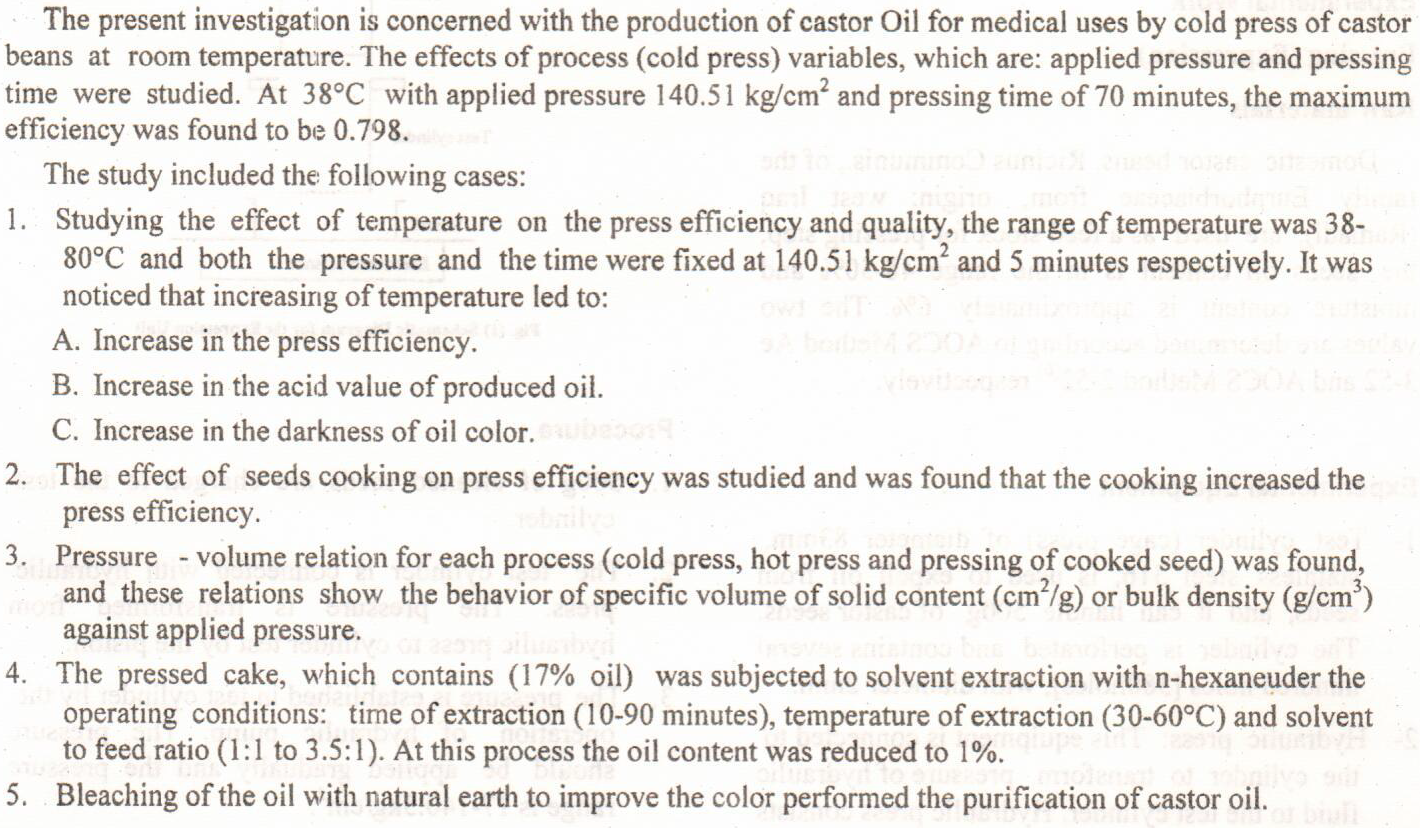
Multi-nationalities companies are the main companies in the progressed
countries that improve the current technology and, thus, become the main source of it.
These companies, in the first place, aim to increase the profits of its
investments to satisfy stock holders in the original countries to which these companies
belong.
It is a mean to interfere in the economic of countries especially the growing
ones and exploit their important natural resources. Since this research focus on the
dangers of these companies, mechanism of its work and its dangers on the most
important natural resources of our country which is oil; therefore, the research
confirm that this important natural treasure must be under an Iraqi cont
There are varieties of reasons lead for drilling horizontal wells rather than verticals. Increasing the recovery of oil, especially from thin or tight reservoir permeability is the most important parameter.
East Baghdad oil field considered as a giant field with approximately more than 1billion barrel of a proved reserves accompanying recently to low production rate problems in many of the existing wells.
It is important to say that presence of of horizontal wells in East Baghdad field especially by converting some of already drilled wells by re-entry drilling horizontal sections may provide one of best solutions for the primary development stage in East Baghdad field which may be followed by drilling n
... Show More (2)
(2)
The aim of this study was extraction of jojoba oil using different solvents. A mixture of waterhexane and water-ethanol are used as solvents to extract jojoba oil in a batch extraction process and compared with a pure solvent extraction process. The effects of particle size of crushed seeds, solvent-to-water ratio and time on jojoba oil extraction were investigated. The best recovery of oil was obtained at the boiling temperature of the solvent and four hour of extraction time. When seed particle size was 0.45 mm and a pure ethanol was used (45% yield of oil extraction), whereas, it was 40% yield of oil at 25% water-hexane mixture. It was revealed that the water-ethanol and water-hexane mixtures have an effect on the oil extraction yield. T
... Show MoreMishrif Formation is the main reservoir in oil-fields (North Rumaila, South Rumaila, Majnoon, Zubair and West Qurna) which located at Basrah southern Iraq. The Inductively coupled plasma-Mass spectrometer (ICP-MS) was used for the water chemistry analysis and Scanning Electron Microprobe (SEM) for the purpose of mineralogy diagnosis. A weak acidic water of salinity six-time greater than seawater plays a role in generating the formation pressure and controlling the fluid flow. The potentiometric subsurface maps were modeled and the direction of super-pressure sites that are of a great importance in the oil exploration were marked to pay attention during future drilling.
The research amid to find out the extent of Iraqi oil companies commitment to implement internal control procedures in accordance with the updated COSO framework. As the research problem was represented in the fact that many of the internal control procedures applied in the Iraqi oil companies are incompatible with most modern international frameworks for internal control, including the integrated COSO framework, issued by the Committee of Sponsoring Organizations of the Tradeway Committee. The research followed the quantitative approach to handling and analysing data by designing a checklist to represent the research tool for collecting data. The study population was represented in the Iraqi oil companies, while the study sample
... Show MoreDrag reduction (DR) techniques are used to improve the flow by spare the flow energy. The applications of DR are conduits in oil pipelines, oil well operations and flood water disposal, many techniques for drag reduction are used. One of these techniques is microbubbles. In this work, reduce of drag percent occurs by using a small bubbles of air pumped in the fluid transported. Gasoil is used as liquid transporting in the pipelines and air pumped as microbubbles. This study shows that the maximum value of drag reduction is 25.11%.
The minimization, treatment and disposal of drilling wastes especially oily wastes are important environmental issues.
In this research two fungal isolates named Pleurotus ostreatus and Trichoderma harzianum were chosen carefully f or the purpose of biotreatment of oily drilled cuttings which resulting from drilling oil wells using oil based muds (OBMs).
A relationship of total petroleum hydrocarbon degradation in oily drilled cuttings with time has been obtained. The results showed that Pleurotus ostreatus and Trichoderma harzianum can be considered hydrocarbon degrading microorganisms and the used biotreatment is cost effective process since most of the materials used in the cultivation and growth of the present f
... Show MoreProduction logging is used to diagnose well production problems by evaluating the flow profile, entries of unwanted fluids and downhole flow regimes. Evaluating wells production performance can be easily induce from production logs through interpretation of production log data to provide velocity profile and contribution of each zone on total production. Production logging results supply information for reservoir modeling, provide data to optimize the productivity of existing wells and plan drilling and completion strategies for future wells. Production logging was carried out in a production oil well from Mishrif formation of West Qurna field, with the objective to determine the flow profile and fluid contributions from the perforations af
... Show More
